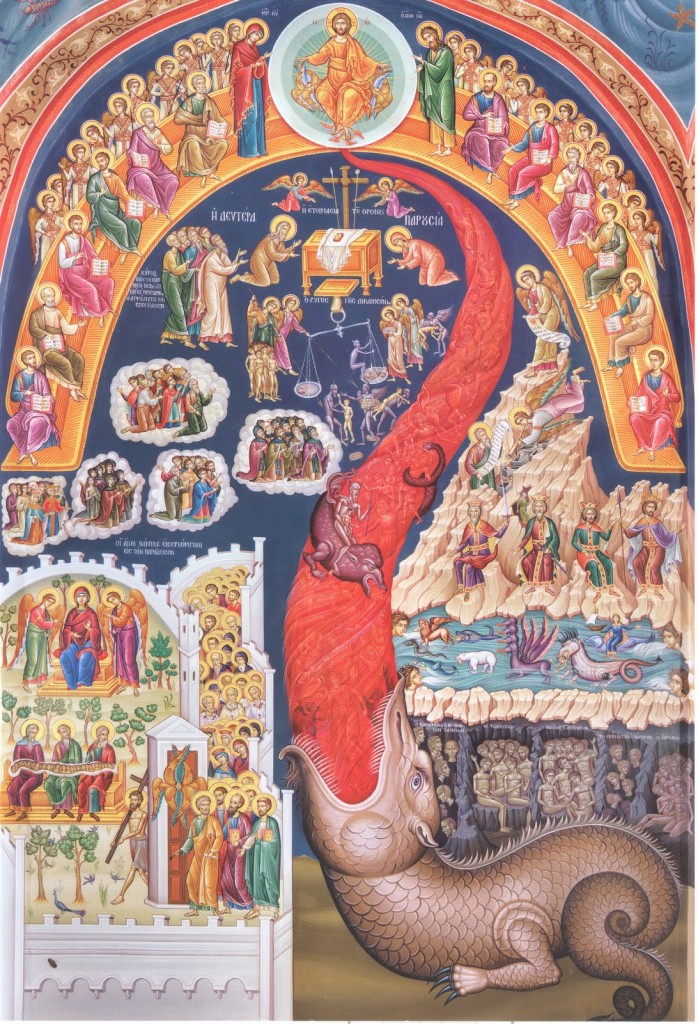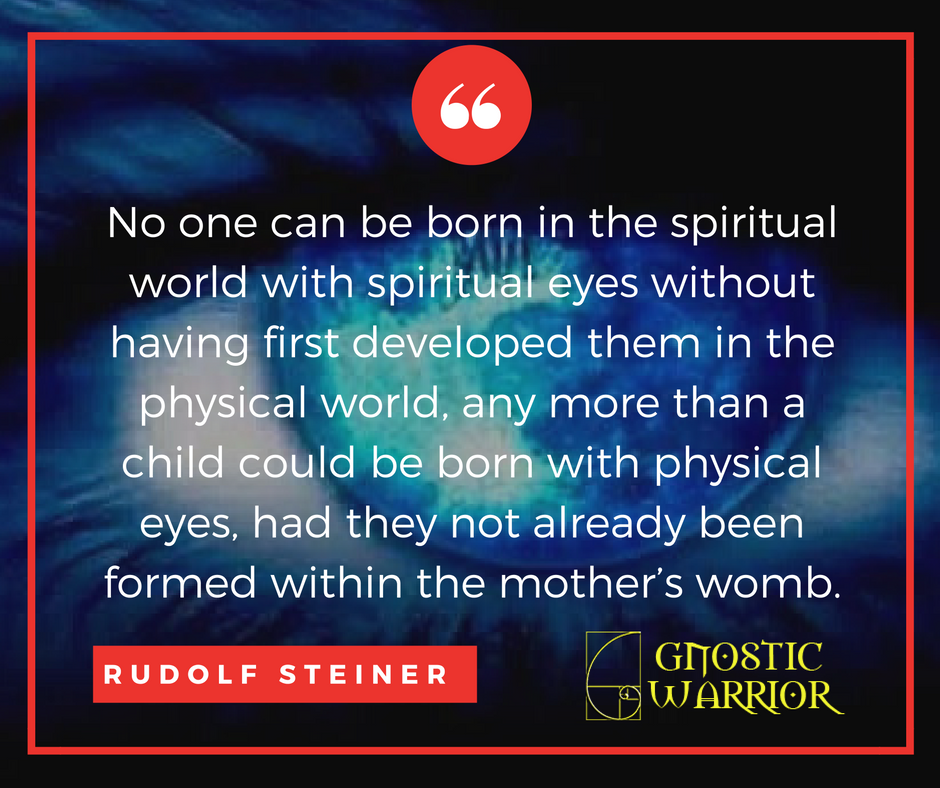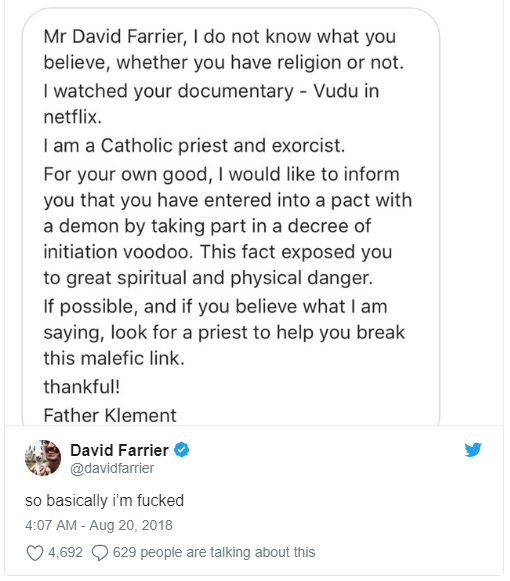The ancient Etruscans had developed a severe form of punishment for their prisoners by tying them to a rotting corpse and allowing them to walk around day and night until the fungal infected carcass’s organisms had started to putrefy the living person’s body.
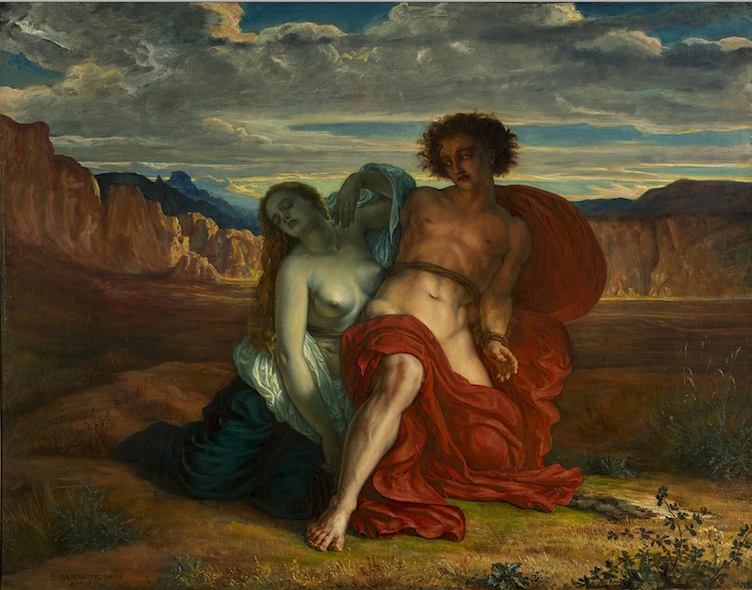
We are told by Aristotle that “at the time, that we are punished much as those were who once upon a time when they had fallen into the hands of Etruscan robbers, were slain with elaborate cruelty; their bodies, the living [corpora viva] with the dead, were bound so exactly as possible one against another: so our souls, tied together with our bodies as the living fixed upon the dead.”
Aristotle compares the state of the soul imprisoned in the body, to the Etruscan pirates joining dead corpses to living ones.
The story is further related by Virgil in The Aeneid who says that the Etruscan king Mezentius, “went so far even as to tie dead bodies to living persons, hand to hand, face to face, as a kind of torture, thus inflicting a slow death to these beings who liquefied themselves into pus and rot, in a miserable embrace.”
The meaning of putrefaction is the process of decay or rotting in a body or other organic matter by the action of living microorganisms (bacteria, fungi, and protozoa). We can now say that corpse is far from dead when viewed at the microorganism level of fungi/molds and bacterias.
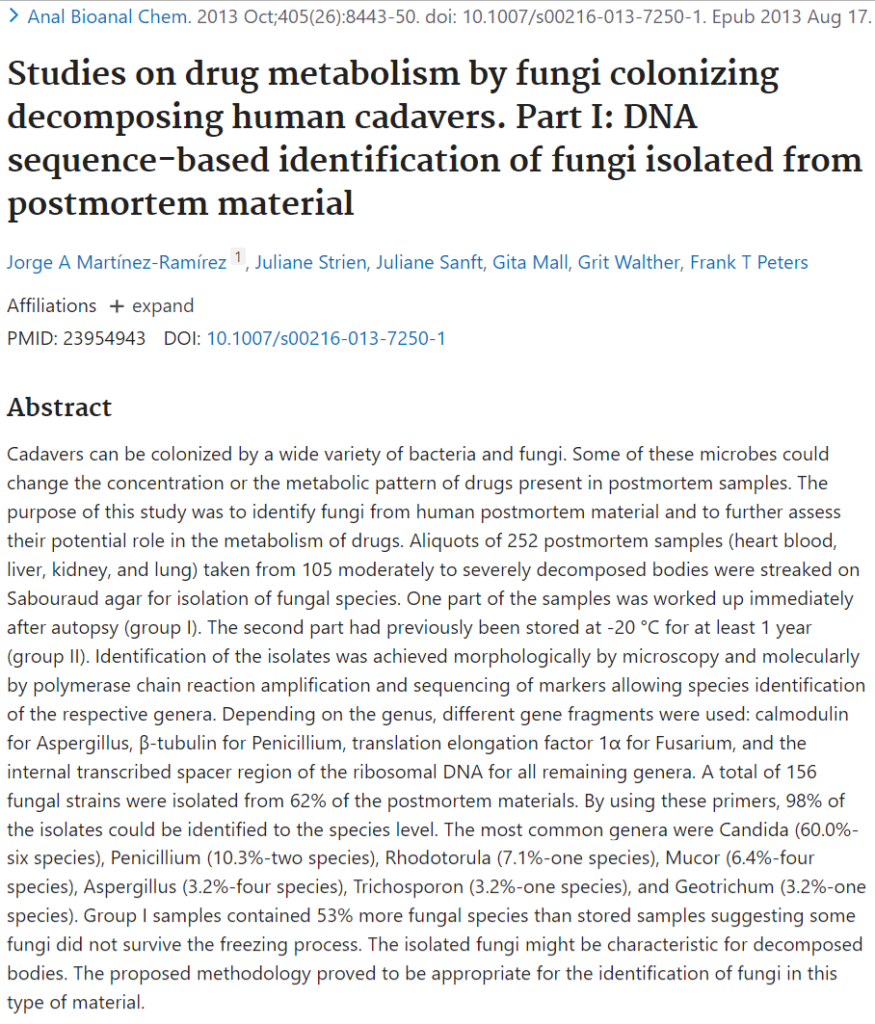
Hence, the living dead.
This form of Etruscan punishment is impressive given that the corpses organisms become one with the living forming a necrotic bond via a fungal infection that enhances the decomposition of the living, making them “become one.”
I believe the infected must do as Reza Negastrani says in The Corpse Bride: Thinking with Nigredo, “a pact with putrefaction must be made; the moment of nucleation with nigredo and Nupta Contagioso or Nupta Cadavera, which suggests a marriage with the diseased or the dead: a forcible conjugation with a corpse, and consummation of marriage with the dead as a bride.”

Negastrani writes;
“Yet more ambitiously, this fragment subtly points to a moment in philosophy when both the philosophy of Ideas and the science of being qua being are fundamentally built upon putrefaction and act in accordance with the chemistry of decay.
It is the moment when beings must undergo necrosis and decay in order to remain in being and the Ideas must be founded on intensive necrosis and an extensive decay in order to remain in their essence and to synthesize with other Ideas.
In other words, this moment marks a necessity for Ideas – even the Idea of ontology itself:
In order to be active intensively and extensively, inwardly and outwardly, the Idea must first be fully necrotized and
blackened on all levels, intensively and extensively.
The following is a disorganized venture – more in line with grave robbers and necrophiles than with archaeologists and scholars of history – to disinter the twist inherent to the fragment associated with Aristotle and to delve into the moment when, prior to all arrangements and establishments, a pact with putrefaction must be made; the moment of nucleation with nigredo, as we must call it.”
Negistrani tells us that this practice was revived during the reign of the Roman Emperor Marcus Macrinus, the notoriety of this atrocity survives antiquity and the Middle Ages. In the sixteenth century, the horror of this torture is expressed, once again, by a popular emblem called Nupta Contagioso showing a woman being tied to a man plagued by syphilis, at the King’s order.
Today, we can say that by default, through arrested development, lack of knowledge, and subsequent ignorant health and spiritual choices, many people in the West have taken it upon themselves to nucleate with nigredo, and by doing so, many make a spiritual pact with putrefaction.
When I look around our current world and see the drug addiction and lifestyle choices are causing people to putrefy and rot from the inside out as if they have become de-facto married to nigredo – AKA fungal infections that then infect our children and the culture from the very black goo that the unseen filaments that are wrapping around our souls feed upon through horizontal gene transfer.
Instead of making a pact with God, a pact is forged with the demonic fungi necrotizing our culture from the inside out, one person and one soul at a time. The So Below, As Above through the GI tract of its victims as it passes the blood-brain barrier for the battle of the Neursphere for the planet’s Noosphere. It is here where life’s eternal laws reside and the true legislators of our existence who in Christian literature is known as the devil and his legions of demons hand down sentences of death to those souls deemed unworthy, where their reality is akin to living hell as they are tortured and eaten alive.
To cope with their fate, these people who were forcibly putrified to start rotting while alive must make pacts with the intelligent demonic fungi/molds that are now taking over their minds and souls.
But unlike Negastrani’s idea of “a marriage with the diseased or the dead: a forcible conjugation with a corpse, and consummation of marriage with the dead as a bride.”
I would say that it is a forcible conjugation with decay or the devil, and consummation of marriage with the living dead as “their bride.”
Nucleation with Nigredo: A spiritual pact with putrefaction or marriage with the So Below who has taken its bride on the As Above.

Moe is the founder of GnosticWarrior.com. He is a father, husband, author, martial arts black belt, and an expert in Gnosticism, the occult, and esotericism.

